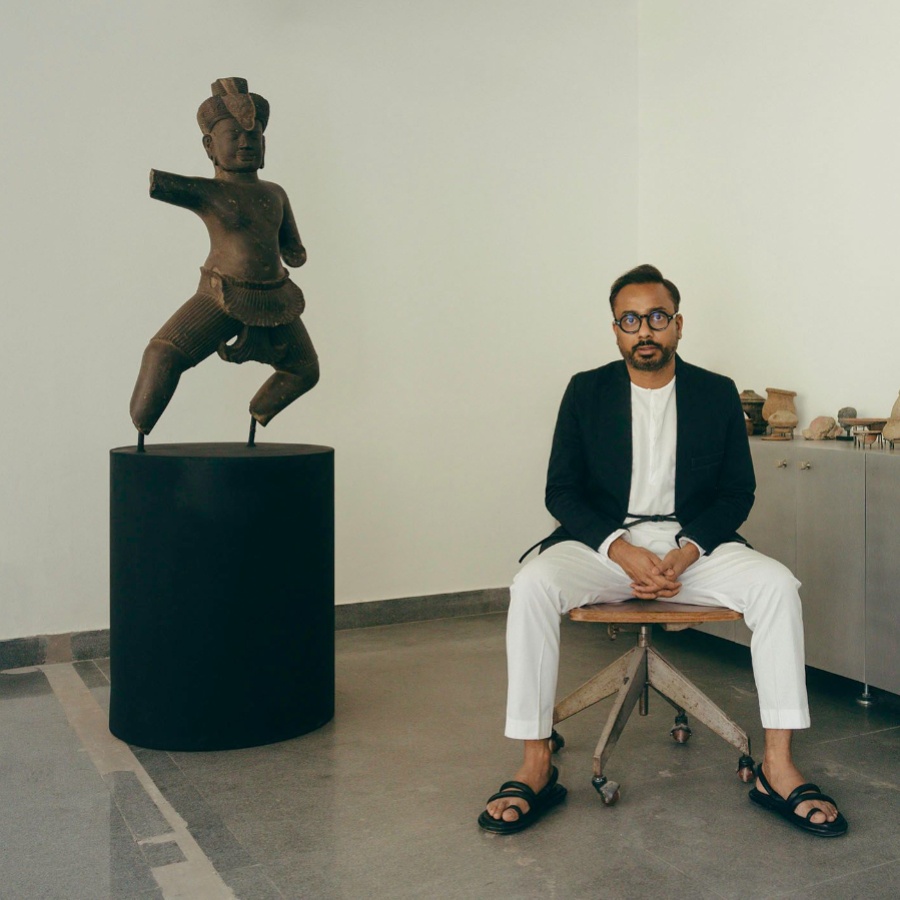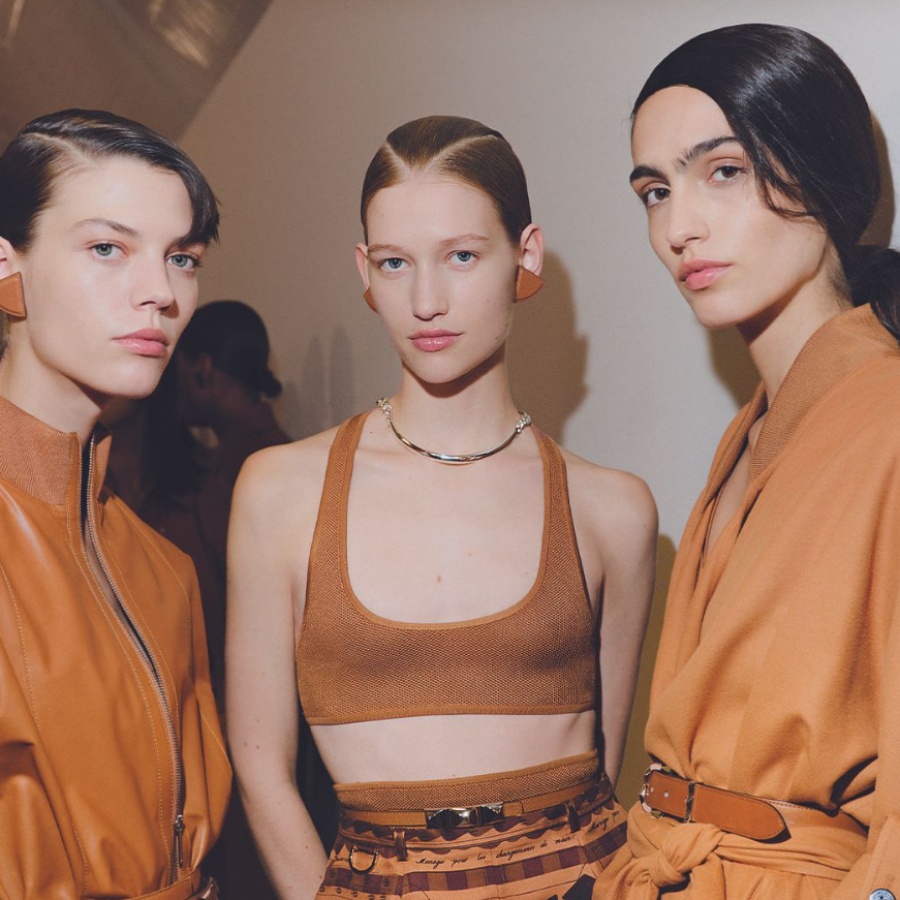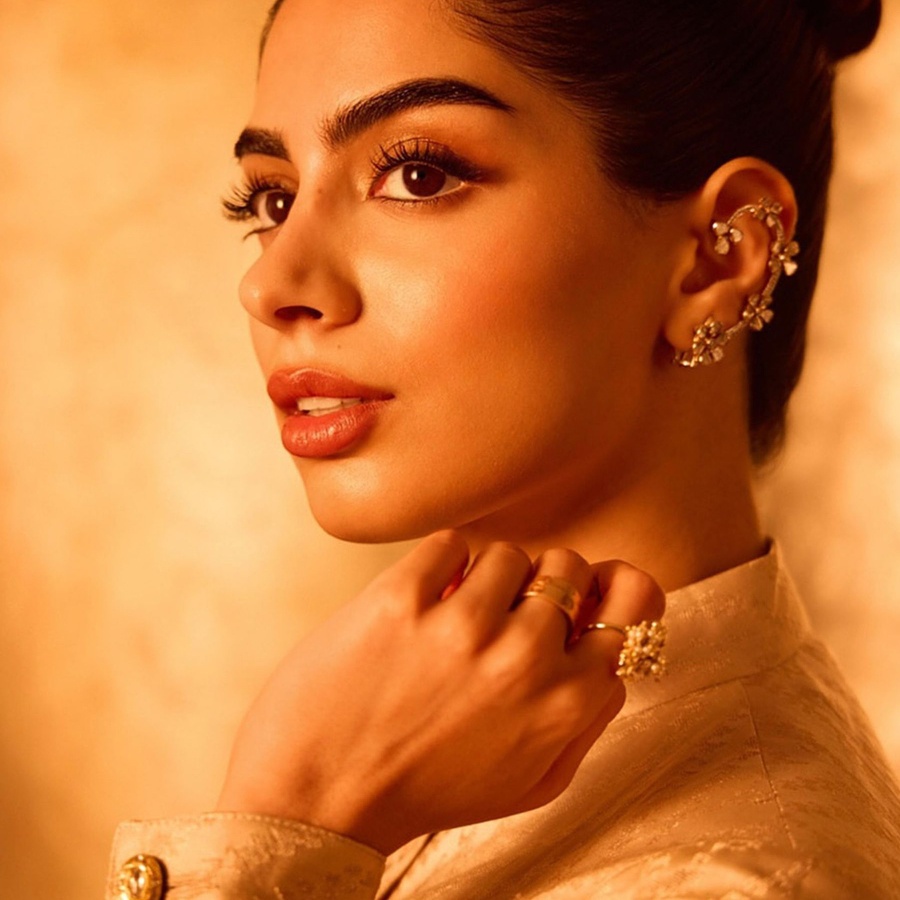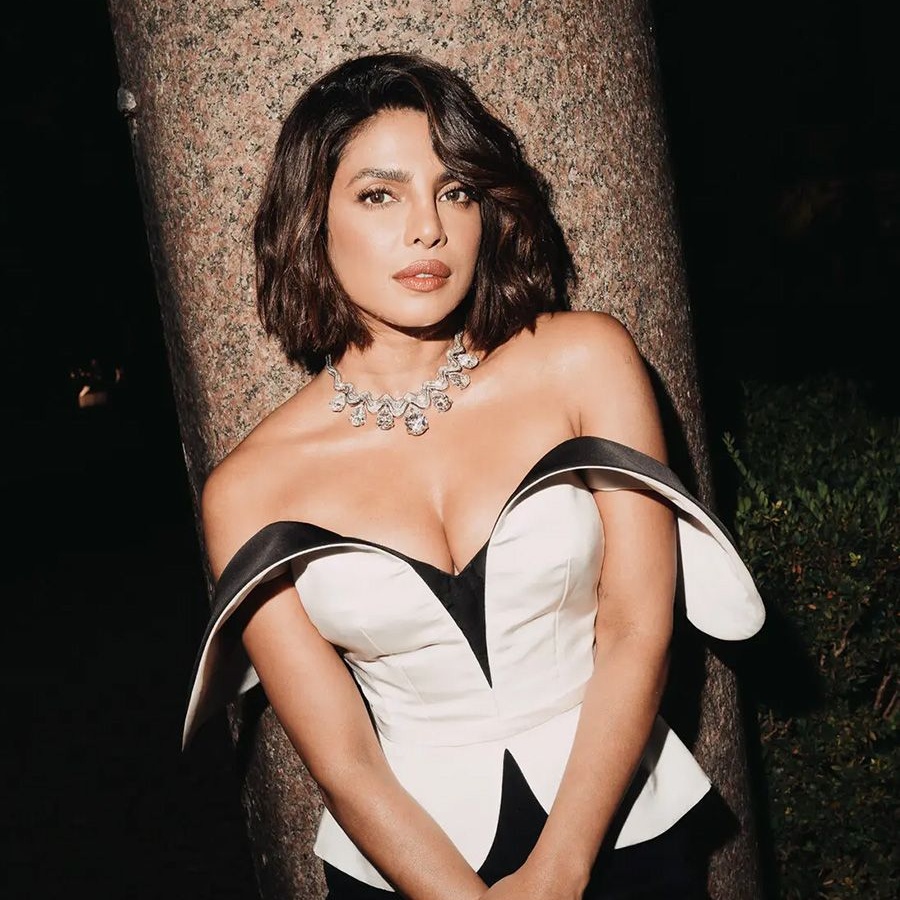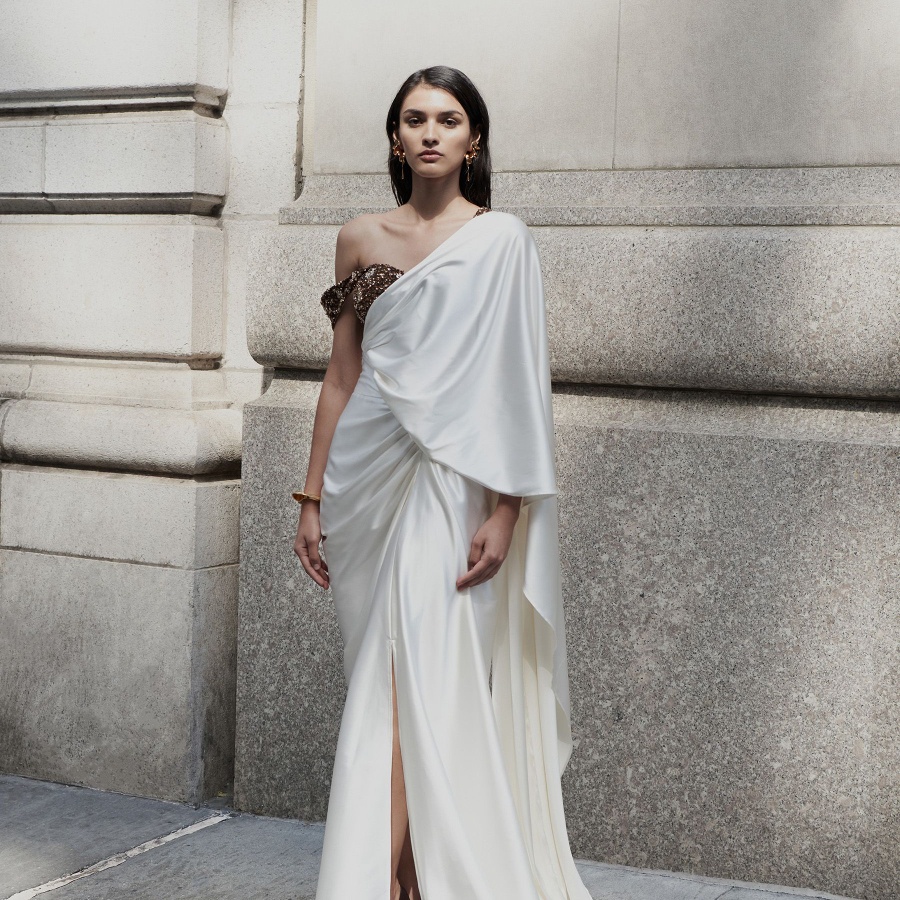There was a special guest at last night’s Lakmé Fashion Week opening show by the Delhi-based label, Péro. Instead of a Bollywood celebrity, this showstopper came all the way from Japan and was very cuddly; she even offered to give me a hug. Say hello, kitty.
Eight months ago, Aneeth Arora, the designer behind Péro was approached by Sanrio, the Japanese company that created Hello Kitty, to work on a collection that marked the 50th anniversary of the iconic kawaii character. Arora does not consider herself a spiritual or particularly religious person, but, she says, “the universe brought us together.” She explains, “During the lockdown, I was watching a Netflix documentary called The Toys That Made Us and one of the episodes was about Hello Kitty. Since then, I had been thinking about how there were so many similarities between Péro and her. She has three principles: connecting with people; loving and being nice to others; and the third one—if you notice, Hello Kitty doesn’t have a mouth, but expresses herself through action rather than words. Which is what we’re all about at Péro as well. So I think I kind of manifested this into being.”
When I spoke to Arora, she was in her glass-walled brick studio in Patparganj, New Delhi, working on this special collection, which was unveiled last night at LFW. Calling Arora’s presentations simply fashion shows would be a disservice to them. Each one is a joyous reminder to keep some of our childhood imagination and optimism alive. Like immersive pieces of theatre, they use music, dance, and scenography to give us a glimpse into the wonders of Péroland. The venue this time was an empty, neo-classical, old property in Delhi’s tony Barakhamba Avenue—the entire building painted in candy-stripe white and red. Guests were served heart-shaped pancake sandwiches, mini apple tarts (Hello Kitty’s favourite snack), and strawberry smoothies under heart-shaped lanterns that hung from the trees. The models danced with the audience, wearing a joyful mashup of roomy layers including pyjama pants, barrel-leg jeans, bubble skirts, strappy dresses, and deliciously sheer, scallop-edged shirts topped with crochet vests, cocoon-like coats, and box-pleat jackets (sometimes all three together). The accessories included bag charms and pom-poms, giant scrunchies and bows, little hills of Jibbitz on chunky Crocs. Like every collection by Arora, it was a freewheeling journey through the country’s textiles and crafts. There was transparent Chanderi from Madhya Pradesh, mashru from Gujarat, taffeta silk from southern India, and gauze-like jamdani from West Bengal. The world of Hello Kitty was rendered through prints as well as patchwork embroidery, appliqué, and beadwork.
The way Arora sees it, “We’ve been toiling on a collection for two years, so there is no reason to not have fun and introduce it to people in a way that stays with them. We want people to learn about the textiles and crafts, but rather than feeling pressured to educate everyone, we want to do it in a fun way.”

